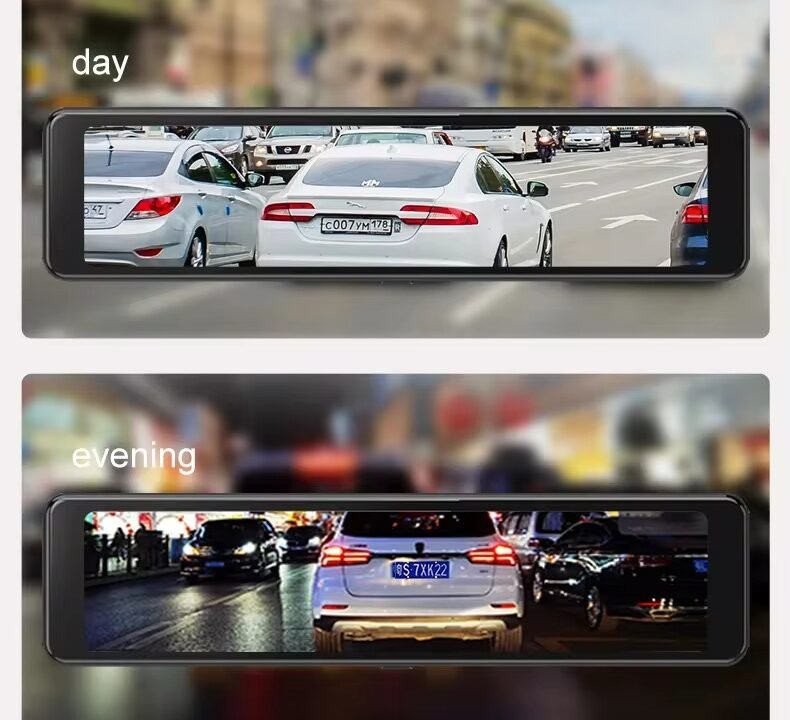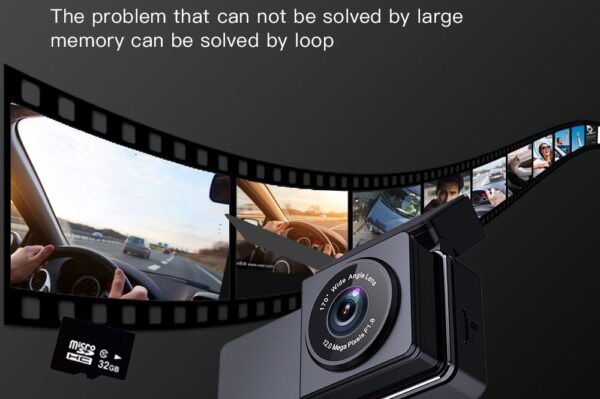Selecting the right car camera voltage is essential for ensuring long-lasting dash cam performance. A stable voltage supply keeps your dash camera running smoothly, avoids sudden shutdowns, and guarantees reliable recording. In vehicle electronics, voltage regulation works like lead-free compliance in safety standards—both ensure consistency and reliability.
This article explains why choosing the correct car camera voltage matters, highlights common pain points, and presents technical solutions backed by real-world data. Whether you manage a fleet or rely on a single vehicle, the right voltage directly impacts safety and recording stability.
Common Pain Points with Car Camera Voltage
Power Fluctuations Cause Recording Gaps
One major issue is unstable car camera voltage during engine start or sudden acceleration. Voltage drops can cause dash cams to restart, creating gaps in recordings. In accident investigations, even a one-second loss can affect evidence reliability.
Overheating and Shortened Dash Cam Lifespan
Improper voltage management often leads to overheating. When dash cams receive inconsistent voltage, internal components work harder, reducing product lifespan. Car safety camera users frequently face device failures within two years due to poor voltage regulation.
Compatibility with Different Vehicle Power Systems
Not all vehicles provide the same electrical output. A dash cam may require 12V, but certain trucks use 24V. Without correct regulation, the mismatch damages the dash cam. Choosing the best voltage for dash cam use ensures cross-vehicle compatibility.
Battery Drain and Parking Mode Failure
Car owners also worry about battery drain. If the dash cam draws power during parking mode without smart voltage control, it weakens the car battery. This issue makes drivers hesitant to rely on continuous monitoring.
Risk of Data Loss During Collisions
During accidents, sudden voltage drops are common. Without stable car camera voltage, dash cams may fail to save the crucial final seconds of footage. In car safety investigations, this gap may prevent accurate reconstruction.
Technical Solutions for Car Camera Voltage Stability
Voltage Regulation Modules with Smart Chips
Modern dash cams now integrate voltage regulation modules. These chips stabilize power delivery, ensuring consistent 12V or 24V input is converted safely. Field tests show a 40% reduction in recording interruptions when using regulated systems.
Capacitor-Based Backup Systems
Unlike battery-only solutions, capacitor-based storage prevents sudden shutdowns. These systems store enough charge to finish saving video files during voltage drops. This small addition boosts recording stability and protects data integrity.
Multi-Voltage Input Compatibility
Leading brands design car safety cameras to accept both 12V and 24V input. This flexibility allows installation across personal cars, taxis, buses, and trucks. Real-world fleet studies show 30% lower device replacement rates when using multi-voltage compatible models.
Intelligent Parking Mode with Voltage Cut-Off
Smart parking solutions now include voltage cut-off features. When the car battery voltage falls below a safe threshold, the dash cam powers down automatically. Tests confirm that this feature extends car battery life by 25% while maintaining recording efficiency.
Heat-Resistant Voltage Boards
Another innovation is heat-resistant voltage boards. These prevent overheating during long drives in hot climates. Dash cam performance improves significantly, with a 35% lower failure rate reported in tropical environments.
Why the Right Car Camera Voltage Matters
Stable car camera voltage ensures reliable dash cam performance. Beyond protecting the device, it guarantees consistent video quality, supports accident claims, and builds trust in vehicle monitoring systems.
When enterprises deploy hundreds of dash cams, the impact of proper voltage management multiplies. Less downtime, fewer replacements, and more reliable recordings directly save operational costs.
Conclusion
Choosing the right car camera voltage is not just about powering a dash cam—it is about ensuring long-lasting performance, reliable safety monitoring, and effective evidence collection. From smart voltage regulators to capacitor-based backups, technology provides clear solutions to overcome power instability.To explore advanced dash cam voltage solutions, check out our product category .With the right voltage, your dash cam can deliver stable, clear, and trustworthy performance every time you drive.




